Even if the protesters in Iran fail to topple the regime, writes Dan Byman, the United States and its allies should recognize that Iran’s foreign policy is shaky and vulnerable in its structure of political authority, its economy, its military and its diplomatic posture. Iran’s weaknesses will reduce Iran’s clout, foster infighting, and otherwise make it difficult for the regime to increase its sway abroad. This piece originally appeared on Lawfare.
Iran is often painted as a powerful monster whose tentacles stretch across the greater Middle East, but the Islamic Republic suffers from array of problems at home and abroad. The latest protests—the most serious the regime has faced since 2009—highlight the regime’s unpopularity among its own people. Iran’s problems limit its power and create openings for undermining its influence. Even if the protesters fail to topple the regime, the United States and its allies should recognize that Iran’s foreign policy is shaky and vulnerable in its structure of political authority, its economy, its military and its diplomatic posture. Iran’s weaknesses will reduce Iran’s clout, foster infighting, and otherwise make it difficult for the regime to increase its sway abroad. Some of these weaknesses may also cause additional internal unrest if not managed properly.
Iran’s biggest problems stems from the unusual, and often unwieldy, dual system of government that mixes elections with a powerful Supreme Leader. The Supreme Leader, Ali Khamenei, exercises a veto over Iranian decision-making, heads the Islamic Revolutionary Guard Corps (IRGC), the judicial system, and state television, among other powers. Khamenei is almost 80 years old, and rumors say that he will step down. Although Khamenei’s role is supposedly based on his religious authority, his religious credentials were always suspect, and he lacks the charisma of his predecessor, Ayatollah Ruhollah Khomenei. The current leader gained his authority through revolutionary action and political loyalty, not careful theological study, but he was able to cement his power and grow the institution of the Supreme Leader.
Succession may go smoothly—and Khamenei certainly has tried to plan for this—but the possibility of infighting looms. His successor will inherit the institutions tied to the Supreme Leader position, but is likely to share Khamenei’s weak religious credentials: None of Iran’s most learned theologians are revolutionary die-hards, and as a result, succession will go to someone below the top clerical rank. Thus, the supreme political authority who exercises his power in the name of religion is likely to remain distinct from the non-political clerics who are more skeptical of the system. The revolutionary elites are likely to hang together so as not to hang apart, but much depends on the specific leader chosen and the politics of that moment.
Whomever takes power may need time to consolidate it, and in such authoritarian transitions power struggles among competing elites are common. In general, the Islamic Republic has shown a gift for managing these struggles and balancing fierce factionalism, but that balancing act may prove harder under a new and possibly weaker leader.
In addition to uncertainty at the top, Iran’s economy remains vulnerable. The latest protests began over economic issues before turning political. The economy was shrinking before the lifting of sanctions, but sanctions relief—including additional export opportunities and the unfreezing of assets—have improved the economic situation, with the growth rate at roughly 7 percent in recent years and inflation stabilizing. However, Iran’s economy is plagued with corruption, and mismanagement is rife. The IRGC and various religious foundations control much of the economy, stifling competition and making reform far more difficult. Private investment remains skittish, especially outside the energy sector. The low price of oil makes these structural problems all the more painful.
In addition to these problems, popular expectations of prosperity are higher than they have been for many years. The lifting of sanctions fostered hope that incomes would rise and economic problems would diminish—the regime now has less ability to blame the United States or other enemies for its problems. Protests are a fact of life in Iran—few are massive, sustained, or tied to a broader political cause, but all show at least some level of dissatisfaction with the regime. Indeed, Hassan Rouhani’s election and those of his political allies was in part because of his promises to improve Iran’s economy due to sanctions relief.
In addition to a weak economy, Iran’s military power is also limited. The expeditionary skill of the IRGC coupled with Iran’s use of proxies in Iraq, Lebanon, Syria, and Yemen often create a sense that Iran is militarily active throughout the Muslim world. This is true, but it also highlights one of Iran’s biggest weaknesses—its lack of conventional military strength. Tehran lacks the ability to project significant amounts of conventional power beyond its borders. Iran’s regular ground and air forces are in shambles. In addition, although it has acquired and deployed more advanced air defense systems since the lifting of sanctions, many of its weapons systems are old, and at best, it has limited access to advanced systems from Russia and China as well as some missile technology from North Korea. Iran’s military often lacks spare parts, and it cannot maintain many of its systems. Its own military industrial base can produce and support basic systems but not the most advanced ones. As analyst Thomas Juneau contends: Militarily, Iran can deter, deny, and spoil, but it can rarely shape events. As a result, Iran can subvert its neighbors, but it is vulnerable to conventional military pressure.
Tehran’s soft power also has limits. Iran has always presented itself as a leader of a broader Islamic resistance bloc despite being ethnically distinct (as Persians) and a religious minority (as a Shiite Muslim country). To delegitimize the regime after the 1979 revolution, rival powers, particularly Saudi Arabia, emphasized Iran’s Shiite status, funding preachers around the world who emphasized this sectarian divide and otherwise trying to deny the revolution’s religious credentials.
Iran could occasionally overcome its minority status, forging ties to important Sunni groups like Hamas and, at times, gaining support from Muslim publics for its opposition to Israel and the United States. The post-2003 civil war in Iraq, which pitted Sunnis against Shiites there, and especially the post-2011 Syrian civil war, where Iranian help was instrumental in shoring up Bashar al-Assad’s Alawite regime (the Alawites have doctrinal similarities to Shiism) made Iran seem like a far more sectarian actor than previously believed. This led Saudi Arabia, the UAE, and others to play up sectarianism even more, precipitating another proxy war in Yemen (despite the Houthis being Zaydi, a different Shiite branch from the Iranian Twelvers branch). Sunni public support for Iran has plummeted—a 2016 poll found that over 70 percent of Arabs had a negative view of Iran, making it only a bit more popular than perennial bugbears like the United States and Israel. Groups like Hamas have reduced, though not ended, ties.
Iran has few friends, and those it has are relatively weak. Syria is one of Iran’s few close allies (and that rarity explains the Iranian leadership’s strong reaction to the threat to Assad’s regime). Tehran also has close ties to Haider al-Abadi’s government in Baghdad, where Iran has successfully prevented a strong pro-U.S. and anti-Iran regime from taking power. Yet even in Iraq, Iran remains unpopular with many in the country, and its allies often try to distance themselves from Tehran as a result. Relations with Pakistan and Turkey, two key neighbors (and historic regional rivals), are cordial but not friendly. Although Iran has stepped up relations with Russia (another traditional rival with historically divergent regional interests) to help the Assad regime, additional cooperation is limited and may decline as the regime moves away from the brink of collapse. In addition, Iran has been frustrated by Russia’s on-again, off-again approach to arms sales, which are often disrupted in response to U.S. pressure. Tehran has at best a transactional relationship with major military powers like China, and, as the poll mentioned above shows, it is loathed by much of the Muslim world. As a result, when Iran is threatened, few countries come to its aid.
Given Iran’s weak conventional forces, the country is vulnerable to U.S. military pressure—but only in narrow circumstances and in response to credible threats. Iran understands both U.S. politics and international political dynamics. If the United States threatens Iran, it carries far more credibility if it has broader support from the Arab and Western world and popular backing, and this support will only exist in rare circumstances—otherwise Iran may call the United States’ bluff.
Similarly, economic pressure from the U.S. helped drive Iran to the negotiating table over its nuclear program, but such pressure is far more effective when it is multilateral. U.S. allies and major economic powers like China are skeptical of unilateral U.S. sanctions, seeing them as driven more by politics than strategy. To gain international support for more economic penalties, when possible the United States should highlight Iran’s violations of existing U.N. Security Council resolutions such as those involving transfers of arms to Hezbollah in Syria or its Houthi allies in Yemen or complying with money laundering and terrorist financing rules. International sanctions and financial penalties make it harder for Iran to attract foreign investment, maintain its financial system, and otherwise expand (or even sustain) its economy. Given the IRGC’s massive role in Iran’s economy, pressure on IRGC front companies might yield modest results. In addition, the United States should constantly highlight the cost of Iran’s adventurism in Yemen and support for the Syrian regime to increase popular disgruntlement regarding the regime’s foreign policy.
The United States can also work to chip away Iran’s few allies, though doing so may be unacceptable for other foreign policy reasons. Syria, for example, may be eager to reenter the Arab fold and may be willing to distance itself somewhat from Iran—though in the end, any rapprochement would be limited and Damascus would likely remain dependent on Tehran. In Iraq, resentment toward Iranian meddling is high. Encouraging Sunni Arab states to engage more with Baghdad may be effective in weakening Baghdad’s ties to Tehran. At the very least, this diplomatic campaign will force Iran to devote more resources to wooing these allies and make them less likely to slavishly stand at Tehran’s beck and call. Assisting Iraq in improving governance, its justice system, social services, and security forces can also help: If Iraq develops its institutions, it will be less vulnerable to Iranian manipulation.
The United States should also work to shore up allies, resolve or mitigate civil wars, and promote better governance throughout the greater Middle East. True, Iran has exploited internal problems in Iraq, Syria, Yemen, Lebanon, and elsewhere. But it did not create them, and if these fissures can be reduced and new ones, prevented, Iran will have fewer opportunities for influence.
Although politically impossible in the United States, one of the best means of hindering Iran’s economy and eroding the scientific-technical base necessary for its own military industries would be by encouraging a brain drain through migration. Many of Iran’s most productive and educated citizens would welcome the opportunity to relocate to the United States, and, after proper vetting, their presence would enrich America as well.
The Trump administration’s decision to support the protesters is appropriate. The United States should be on, and be seen as being on, those risking their lives to resist an oppressive regime that is an avowed American enemy. Even if the government suppresses the protesters like their 2009 predecessors, the United States should use the occasion to recognize that Iran’s strength abroad rests on shaky foundations.
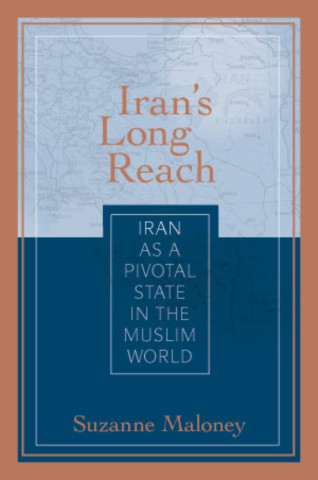
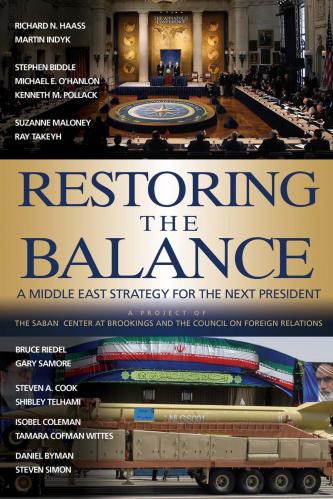
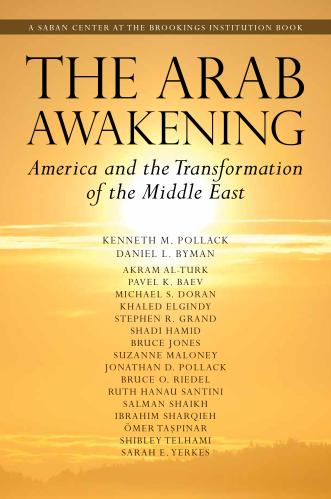
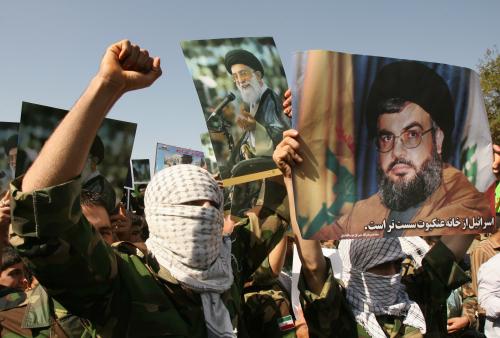
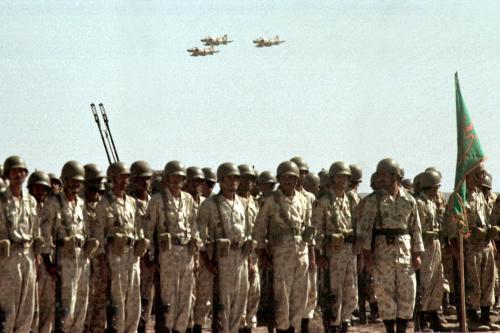
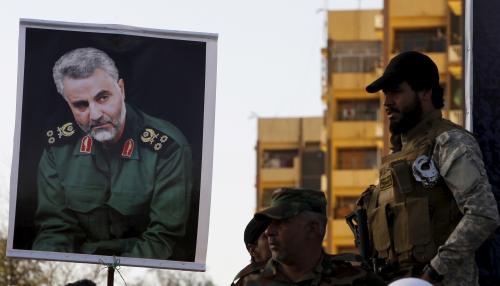

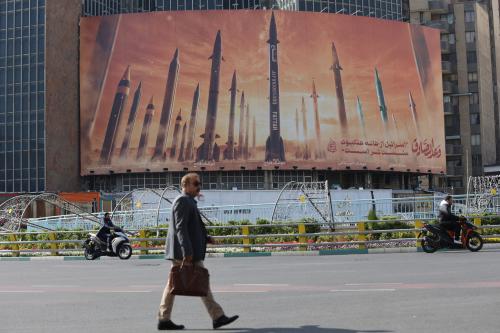
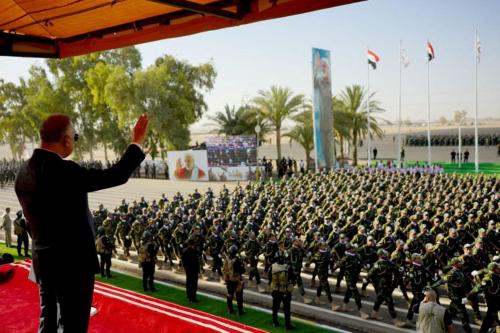
Commentary
Iran’s foreign policy weaknesses, and opportunities to exploit them
January 3, 2018